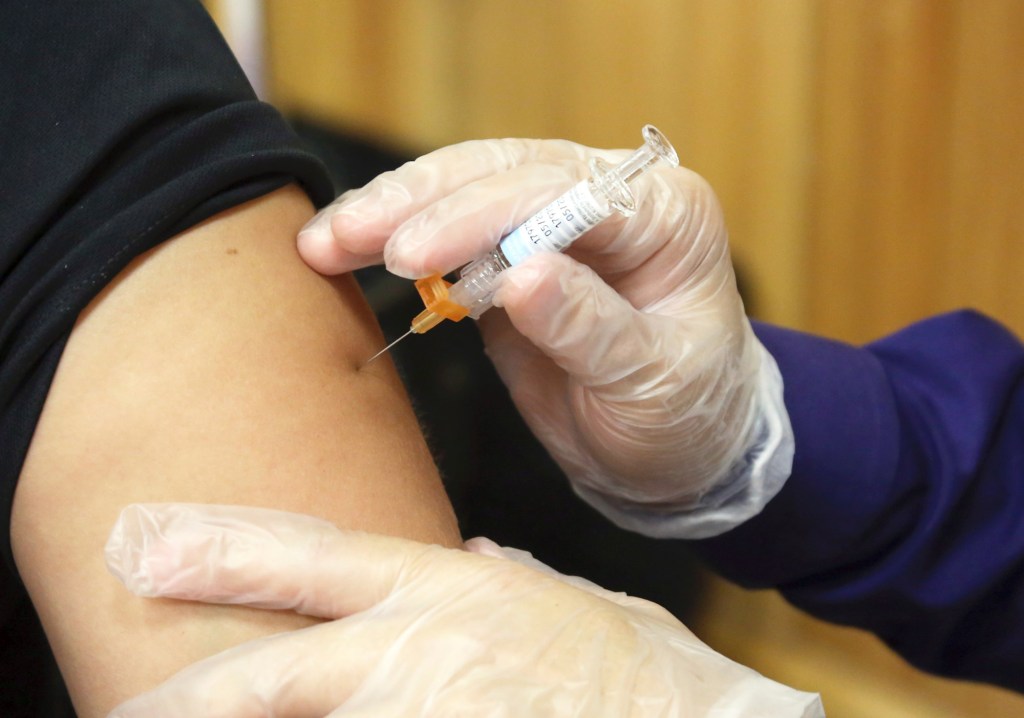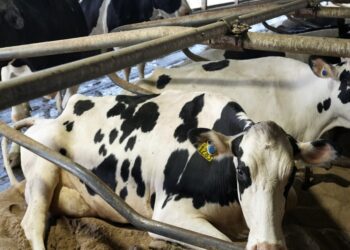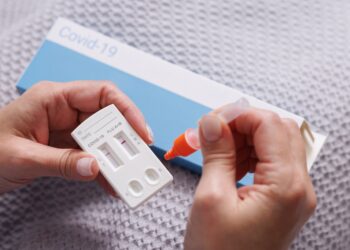You’re in an elevator with someone sneezing and dripping and hacking and coughing. You back into a far corner, horror on your face and revulsion in your gut.
That’s normal!
As cold, flu and COVID season sets in, we chatted with Chapman University’s Patricia Lopes, an assistant professor of biology, who studies how sick individuals impact those around them. It’s not as clear-cut as it may seem. Turns out that simply observing a sick individual triggers not only that familiar behavioral response — get away! — but a complex biological response as well.
“The really interesting aspect is, it also changes your physiology,” she said.
Her own experiments and reviews of scientific studies find that, when healthy animals interact with animals showing symptoms of illness, molecular pathways related to immune responses activate. Egg composition changes. And all without those animals actually being sick themselves, as if their bodies are prepping for a fight.
Consider one of the experiments that galvanized Lopes’ curiosity: People watched a slideshow. Their blood composition was measured before and after. After folks saw images of sickness — coughing, sneezing, blisters on the skin, etc. — their blood showed an increased level of molecules that could help respond to infection.
The slideshow was repeated with threatening images of a different sort — such as guns pointed at the viewer — and the blood did not show elevated levels of infection-fighting molecules after viewing.
“So I became really interested and I started reading and trying to understand how generalized this is,” Lopes said. “Is it just in humans? Throughout animal kingdom? I did find that, for a lot of species, from fruit flies to birds to other mammals, we see examples of this.”
When female mice were exposed to sick mice during pregnancy, their babies rebounded from the same sickness more quickly down the line.
But the physiological response to nearby sickness might not…
Read the full article here







